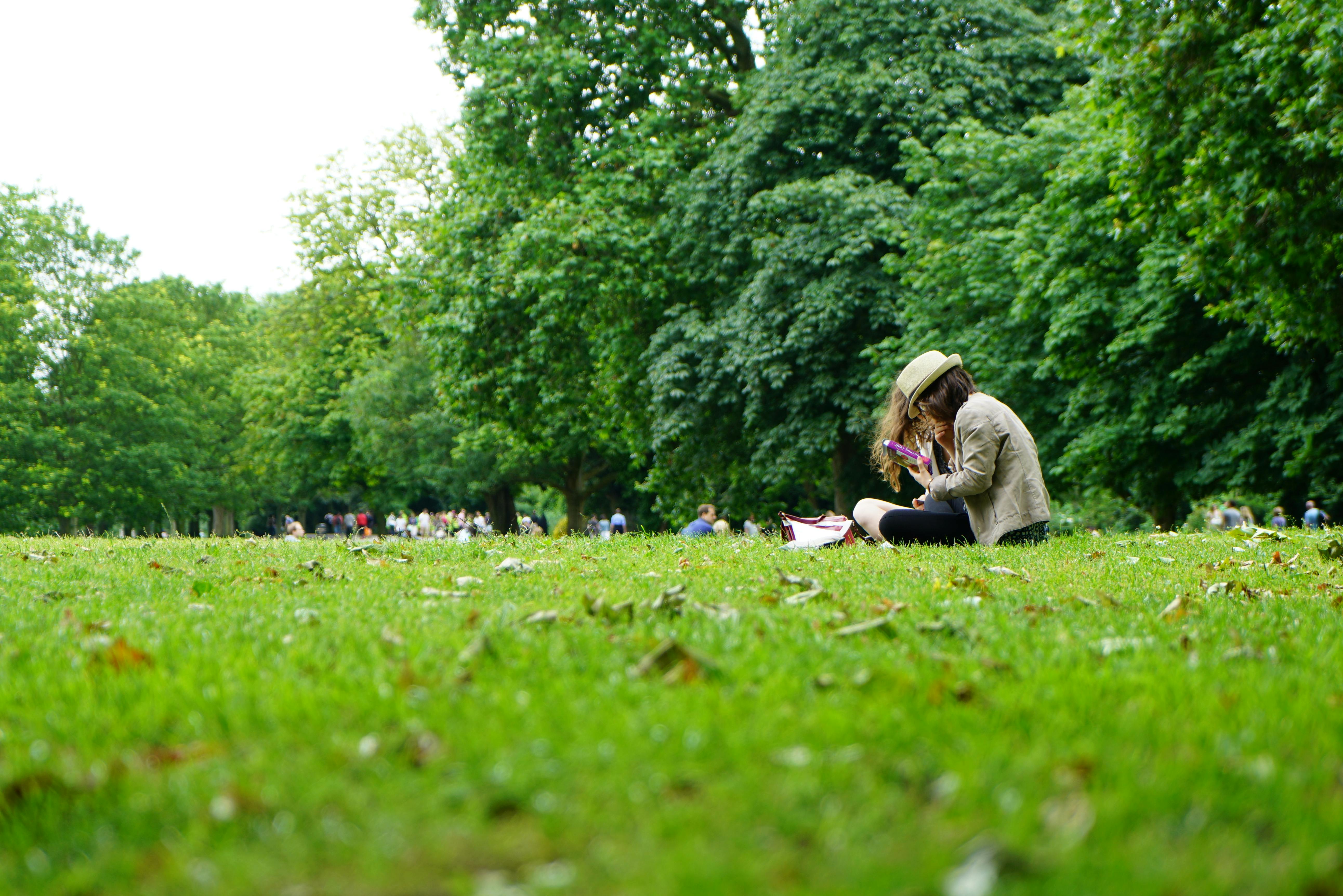Breaking Down the Science: The Health Impact of Green Spaces
The importance of green spaces for our physical and mental health is an emerging area of interest among health and wellness experts. As urbanization continues to shrink natural spaces, the value of green environments for human health comes into sharper focus. Let's delve into the science behind this correlation and how it could revolutionize our approach to holistic health.

Unveiling the Green Connection: A Historical Context
The concept of nature as a healing medium is not new. Ancient civilizations like Romans and Egyptians revered nature for its therapeutic properties. However, it was during the 19th century when the idea of green spaces for health truly took root. Inspired by the Romantic movement, which extolled the virtues of nature, urban planners started incorporating green spaces into city designs.
Fast forward to the 21st century, scientific research now supports these historical notions. Studies have found that exposure to green spaces can lower stress levels, improve mood, and even boost cognitive function.
The Green Prescription: Modern Health Trends
As more and more people move to cities, the ‘green prescription’ trend has gained momentum. Doctors are increasingly prescribing time in nature as part of treatment plans. This practice has emerged as a valuable adjunct to traditional medical treatment, enhancing overall well-being and speeding recovery.
Recent research has shown that regular access to green spaces can lower blood pressure, reduce obesity, and mitigate the effects of attention deficit hyperactivity disorder (ADHD) in children. Moreover, studies have found a correlation between green spaces and longevity, suggesting that individuals living in greener neighborhoods live longer.
The Green Challenge: Barriers and Solutions
Despite the proven benefits, accessing green spaces is a privilege not everyone can afford. Urban areas, particularly low-income neighborhoods, often lack safe, accessible green spaces. This disparity has huge implications for public health.
Addressing this issue requires concerted efforts from urban planners, policymakers, and community leaders. Increasing green spaces in urban areas, ensuring their safety and accessibility, and promoting their use for physical activity are critical steps towards a healthier, greener future.
Breaking Down the Science: How Green Spaces Affect Health
Green spaces promote health through various pathways. They offer opportunities for physical activity, thus combating sedentary lifestyles. They also encourage social interaction, strengthening community bonds and reducing isolation.
From a psychological perspective, green spaces provide a respite from the urban hustle, reducing stress and promoting mental well-being. Moreover, they improve air quality, contributing to respiratory health.
Quick Green Tips
- Opt for outdoor workouts: Try walking, jogging, or doing yoga in a nearby park.
- Encourage kids to play outdoors: Support children’s physical and cognitive development.
- Use green spaces for relaxation: Try mindful walking or simply enjoy the tranquility.
- Advocate for green spaces: Support local initiatives to create or maintain parks and green spaces.
In conclusion, green spaces are crucial for our physical and mental health. They offer a natural, affordable, and effective means to enhance overall well-being. As urbanization continues, the need for green spaces becomes increasingly important. By understanding and leveraging their benefits, we can create healthier, happier communities.




